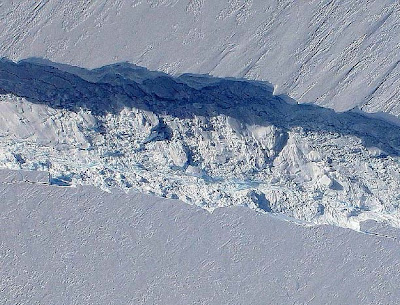
The black hole, which is smaller than any previously discovered, is a mere 16,000 to 65,000 light-years away. Officials said Friday that they have detected the “heartbeat” of the the black hole, noting that if it exists, it would weigh less than three times the mass of the sun, placing it near the theoretical minimum mass required for black holes. NASA officials say the size of the black hole makes it a contender for the title of smallest black hole ever discovered. Science classes at accredited online colleges should also be able to teach you how the first blackholes were born.
The NASA team used the Rossi X-ray Timing Explorer (RXTE) satellite to identify a candidate for the smallest-known black hole, saying the latest calculations may place the black hole’s mass below the minimum necessary to sustain a cosmic giant.
“We think that most of these patterns represent cycles of accumulation and ejection in an unstable disk, and we now see seven of them in IGR J17091,” said Tomaso Belloni at Brera Observatory in Merate, Italy. “Identifying these signatures in a second black hole system is very exciting.”
The space agency said the record-sized black hole is named IGR J17091-3624 after the astronomical coordinates of its sky position.
Read more:thestatecolumn.com
The NASA team used the Rossi X-ray Timing Explorer (RXTE) satellite to identify a candidate for the smallest-known black hole, saying the latest calculations may place the black hole’s mass below the minimum necessary to sustain a cosmic giant.
“We think that most of these patterns represent cycles of accumulation and ejection in an unstable disk, and we now see seven of them in IGR J17091,” said Tomaso Belloni at Brera Observatory in Merate, Italy. “Identifying these signatures in a second black hole system is very exciting.”
The space agency said the record-sized black hole is named IGR J17091-3624 after the astronomical coordinates of its sky position.
Read more:thestatecolumn.com











































